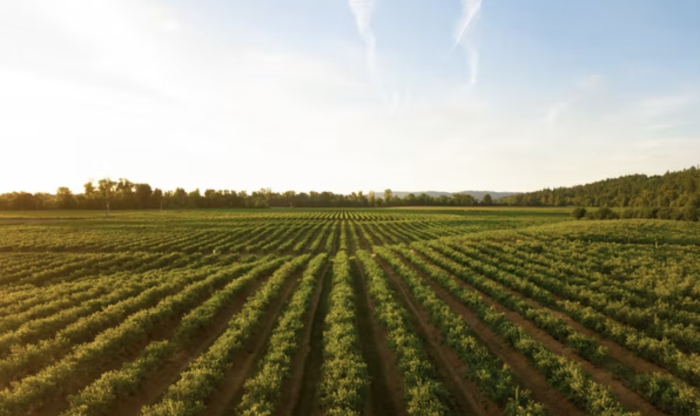Lincoln-based agtech startup Sentinel Fertigation has announced a new strategic partnership with Agri-Inject, makers of crop irrigation systems.
Sentinel provides a sensor-based, data-driven model for predicting and prescribing nitrogen fertilizer applications, with the goal of increasing the overall efficiency per lb/acre of applied fertilizer.
Sentinel claims their approach can increase profitability of corn by an average of $27.91 per acre (based on corn futures prices at time of writing).
The technology is being commercialized following a 2 year study at the University of Nebraska-Lincoln [PDF]. In one sample plot, Sentinel’s approach to nitrogen management allowed for a 20% reduction in applied nitrogen, while producing a similar yield to current best practices.
Sentinel Fertigation was incubated at the agtech accelerator Nebraska Combine. Founder and CEO Jackson Stansell developed the technology for the startup as part of his graduate work at the University of Nebraska-Lincoln, where he is currently pursuing a PhD.
So how does it work?
In lay terms, understanding how “green” a plant is can tell you something about its nitrogen uptake. This nutrient-color relationship allows Sentinel to use a purely imaging-based approach to generating suggested fertilizer applications.
“It’s about how much light is that crop reflecting in the red edge part of the spectrum and the IR spectrum,” Stansell said. “Because basically, that tells us how much of that light plants are absorbing for photosynthesis.”
To collect this data, a drone equipped with multispectral imaging sensors is flown over a field. It collects data that is used to generate a sort of photosynthesis heat-map, showing a farmer areas of their field which may be nitrogen-stressed. By collecting this data regularly, and incorporating other known data points about the crop, Sentinel can predict areas of future nitrogen stress and generate prescribed applications of nitrogen to compensate.
“A real benefit of using sensors and imagery is that you actually get a quantification of how your crop is doing on nitrogen,” said Stansell. Farmers can choose to optimize for maximum yield, or minimum fertilizer use depending on their needs.
In addition to the economic benefits for farmers, there are environmental benefits to using less nitrogen fertilizer. Nitrates not taken up by crops are not adsorbed to soil materials, that is, they do not necessarily remain in the place they were applied until next season. Nitrogen runoff from poorly managed fields contaminates nearby bodies of water, causing algal blooms, ammonia spikes, and the death of aquatic wildlife en masse.
Whether Sentinel’s approach to data-driven agriculture will see widespread adoption remains to be seen. But the technology seems promising, and in the midst of a global fertilizer shortage, any potential gains in efficiency could be considered crucial.
Credit: Source link




















